The Man Who Could Cheat Death (1959)
Directed by: Terence Fisher
Written by: Barré Lyndon, Jimmy Sangster
Starring: Anton Diffring, Arnold Marlé, Christopher Lee, Hazel Court
UK
ON BLU-RAY: 21st September, from EUREKA ENTERTAINMENT
RUNNING TIME: 83 min
REVIEWED BY: Dr Lenera, Official HCF Critic
Paris 1890. Someone kills and mutilates an old man at night. Meanwhile Georges Bonnet, a successful doctor and sculptor on the side, is having a party when a surprise visitor turns up: Janine Dubois. She had an affair with Georges in Italy but Georges broke it off and she’s now followed him to Paris. Georges suddenly asks everyone to leave. Why? Because his hands suddenly age. Georges is actually 104 years old, but has to drink a special formula every six hours or revert to an alarming state of decrepitude. Every ten years he kills a young woman and removes her parathyroid glands to replace his own. Unfortunately time is running out because the man who usually performs the operation, Ludwig Weiss, with whom he pioneered the technique, is very old and has just had a stroke which prevents him from using his operating arm….
It’s a nice coincidence that chronologically the next film from Hammer in my series of reviews is soon to be out in a Blu-ray from Eureka Entertainment, as it meant that I could see the movie in the best possible form. The Man Who Could Cheat Death is one Hammer horror film that I definitely saw many years ago but barely remembered anything about. This is understandable, because it’s really a rather odd picture and it’s easy to see why it’s one of the company’s most obscure horror titles. It largely consists of conversations in three or four rooms, coming across much like a filmed play, and I may well have been a little bored by it as a youngster. The horror content is surprisingly low [though I said the same about The Revenge Of Frankenstein too] and Jimmy Sangster’s script doesn’t really do the most with the material, which could have been a really juicy Dr Jekyll And Mr Hyde/The Portrait Of Dorian Gray combination. Overall the film feels like partially wasted potential. It does certainly have its pleasures though, if more for experienced Hammer fans rather than newcomers [this really isn’t the film to begin with] with set designer Bernard Robinson and cinematographer Jack Asher working at the peak of their powers, some fine performances, a very intriguing main character, and a story which is definitely compelling and thought provoking if, in places, not really making much sense. The Man Who Could Cheat Death isn’t classic Hammer horror, but it’s quite interesting.
The origins of it lie with a play called The Man In Half Moon Street by Barre Lyndon [soon to be a screenwriter] which was filmed under the same title in 1944. I can’t say that I’ve seen this film, which has never been released for home viewing, though I vaguely remember it being on TV and being annoyed that I missed it! There was another version made for TV as the second instalment of the anthology series Hour Of Mystery in 1957. By 1959, Hammer were entering into deals with various American studios and it was Paramount who offered the subject to them. Sangster strangely opted to emphasise the origins of the material, though he also transferred the setting from present day London to 1890 Paris, changed character’s names, and added a few horrific touches like Georges’ acid touch and imprisoned ex-girlfriend. Originally titled The Man In The Rue Noire, it was intended to star Peter Cushing in the title role, but, having just worked on four pictures in a row, he claimed exhaustion, and the company almost sued him! Rather than promote Christopher Lee to lead actor, Hammer picked familiar screen Nazi Anton Diffring, who had starred in the TV version, to replace him. Hammer shot an alternate version of a scene where Janine models for Georges, this time showing her topless from the front, for the Continental market, and possibly extra shots for the aging climax, though none of this footage has turned up yet, to the disappointment of this fan of Hazel Court! I live in hope [though a still of the topless shot does exist]. The film did fairly well in the UK, but in the US Paramount threw the film out as the bottom half of a double bill until Hammer complained and it got a bigger release on its own.
The film opens well, introducing us to some very foggy Paris streets [though we never feel we are in Paris in this film, leading one to wonder why the setting was altered] and a rather effective scene when an old man is attacked, dragged to a dark corner and, though we don’t at all see the detail [this really is a tame film gore-wise from Hammer], mutilated. The action occurs behind the opening credits, the music restricted to drum patterns and a menacing chord whenever some writing appears. The lack of the typical James Bernard-style blood and thunder possibly alerts us to the fact that this film will be a more restrained affair than normal. However, unless I’m completely stupid, this strong beginning makes little sense. I cannot for the life of me work out who is doing the killing – if it’s supposed to be Georges, then why is he killing an old man? We’re later told that it’s young women whom he needs to kill. Anyway, we now switch to a party and Georges noticing old flame Janine turning up before he orders everyone to leave. Some especially effective makeup shows his hands aging, then we get a good shock moment when Margo, the model who has also been his girlfriend, won’t let him break up their relationship. Georges turns round twice, the first time with signs of aging around his eyes which are now green, and the second time with green all over his face and an acid touch with which he burns Margo’s face when he puts his hand over her mouth to prevent her screaming! There’s no real reason for the green and the acid touch, but these unfortunate side effects are fun nonetheless.
Unfortunately, this stuff is only employed in one other scene later, and for two thirds of the rest of this initially very lively film you mostly get lots of dialogue taking place in very plush, ornate rooms, often shot from a distance emphasising the characters’ surroundings, which doesn’t always advance the actually rather under developed plot, though the chat is sometimes quite intelligent, such as the lengthy and often ethical discussions between Georges and Ludwig. The film often feels very claustrophobic, though this is something which seems to have been intentional. Robinson’s sets are lovely to look at, though I couldn’t help but notice, for example, the loft window through which Christopher Lee looked in at Hazel Court in The Curse Of Frankenstein being re-used, and when we eventually switch to where a much darker, more sparse room containing lots of busts – presumably of the women that Georges has loved and killed over the years in a slight suggestion of necrophilia – all I could think of was how silly Sangster’s plotting was at this stage, with one character whom we thought dead somehow actually being alive and the most strategically placed object with which to start a fire in the history of horror movies. The climactic immolation shows signs of truncation and is overall disappointing for what should be the film’s showstopper, though Roy Ashton’s makeup looks forward to his work on The Mummy.
The Man Who Could Cheat Death is mostly content to plod along in its rather elegant way and is certainly not unappealing to watch, while Asher’s photography reaches almost comic book levels of stylisation with the vault containing the liquid being bathed in green [and shot from inside] and bright red in a cell near the end. Sadly one feels that Sangster dashed out his script as quickly as possible and failed to pay attention to some things. Why can’t Georges get parathyroid glands from cadavers? When Ludwig, supposedly a brilliant surgeon, performed those several earlier transplants of glands from living humans, didn’t he recognise them for what they were? Anatomists will be interested in knowing that, according to this movie, the parathyroid is evidently located in the upper left quadrant of the patient’s abdomen. This kind of stuff is a shame because, despite its tameness and slow pace, I rather enjoyed The Man Who Could Cheat Death. This was largely, I think, to its central character who is a really rather memorable ‘monster’. He appears cold and heartless, and seems to be incapable of understanding why his actions are so wrong, but is in fact a very vulnerable character who is in desperate need of being loved in a secure relationship, even though he cannot allow himself to achieve this. He ends up invoking considerable pity from the audience. There’s been much criticism of Diffring’s very theatrical [he often seems to address the viewer] performance, and there’s no doubt that Cushing would have been better in the role, but Diffring still conveys the character’s pain very well.
Court, given a decent female role to play here [though it’s basically a more ‘developed’ version of her character in The Curse Of Frankenstein] is very good indeed. Her best moment is in her modelling scene, where it’s subtly evident that she gets some sexual fulfilment out of the act. Lee’s role is rather thankless and he actually looks a tad bored. More fun are Arnold Marle, also repeating a role he played in the TV version, as Ludwig, giving the role considerable gravitas, and Francis de Wolff as the very ‘slow on the uptake’ Inspector Legriss. The score for the film was an early effort by Richard Rodney Bennett. It’s suitably dramatic when it needs to be, and there’s a nice waltz near the beginning of the movie, though is otherwise unmemorable. Very stagy and at times weakly plotted, The Man Who Could Cheat Death is a strange horror effort from Hammer which can’t help but disappoint, and overall it has to be considered something of a failure considering what ‘could have been’, but I like it for its very unusualness nonetheless, and it definitely has its strong points. You also have to credit Hammer with trying to do something a little different with this one, even they didn’t quite pull it off.
The Man Who Could Cheat Death comes to Blu-ray from Eureka Entertainment in a fine transfer that is occasionally a bit speckly [especially near the beginning] and sometimes contains a little too much grain [I like grain, but not tons of it], but still looks good considering the film’s age. Eureka have apparently restored the film themselves rather than port over the Region A Legend Films release, though it seems to contain much the same qualities. Though I could have done with a full ‘making of’, the two featurettes featuring Hammer experts talking about the film are worthwhile.
SPECIAL FEATURES:
* Exclusively restored 1080p presentation of the film
* New video interview with film scholar Jonathan Rigby
* New video interview with critic and author Kim Newman
* Limited Edition Collector’s Booklet

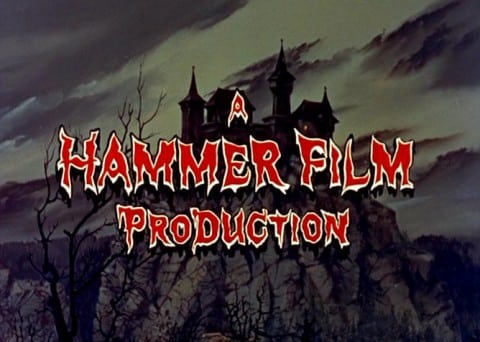
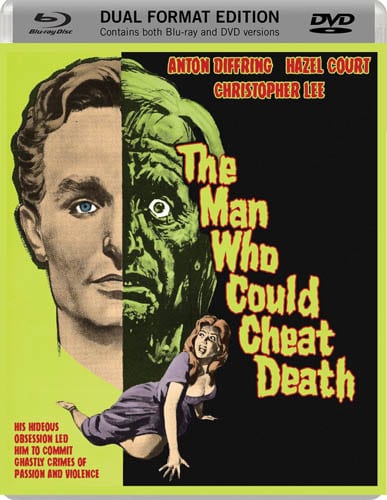

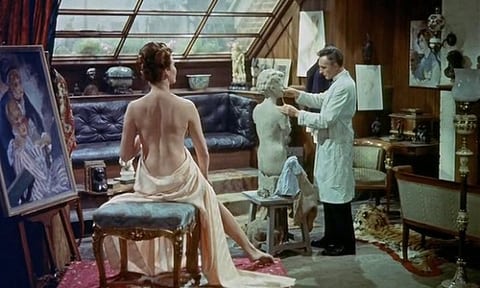




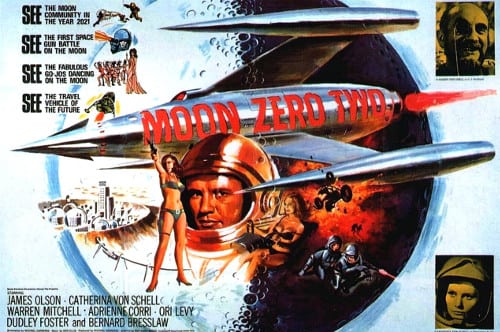
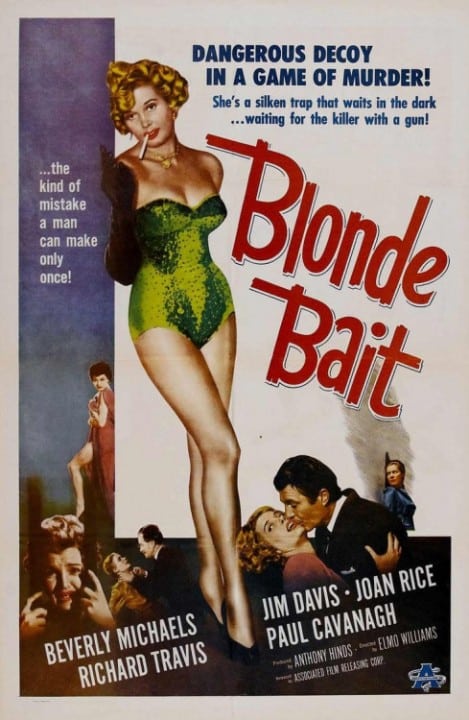

Be the first to comment